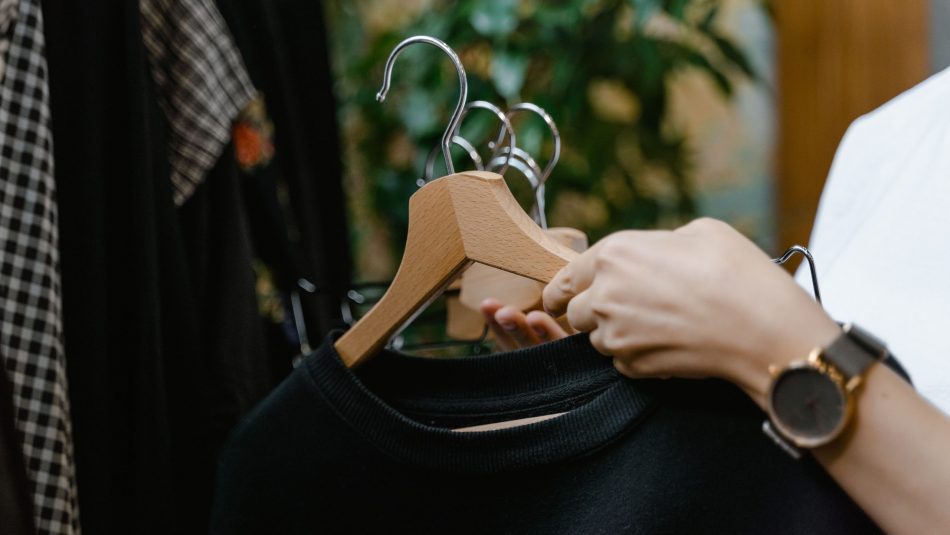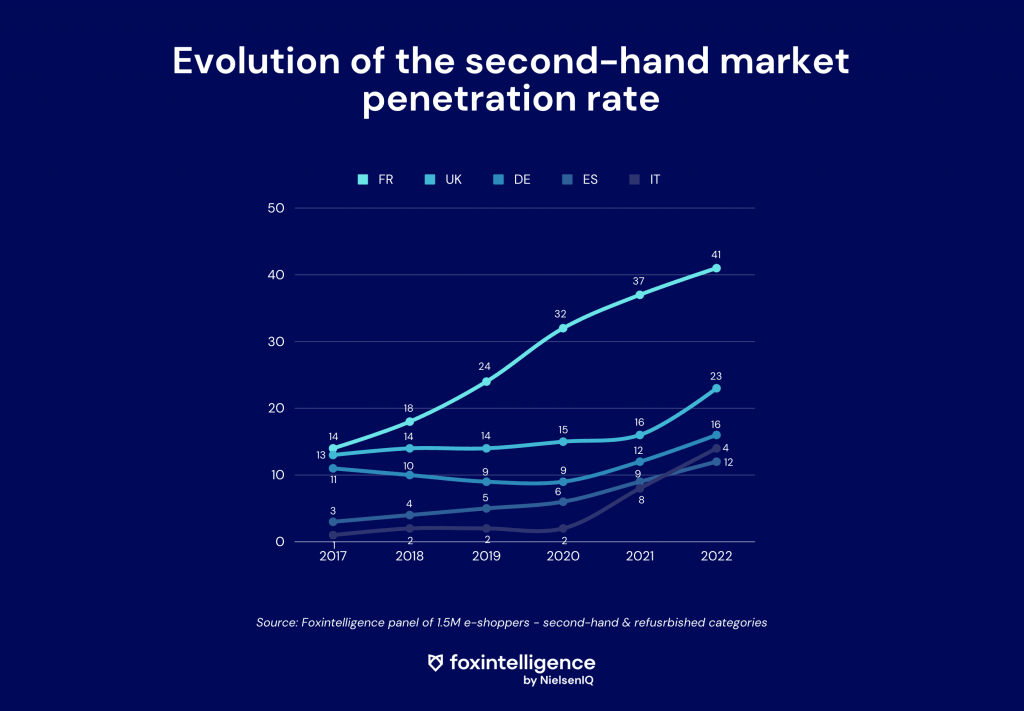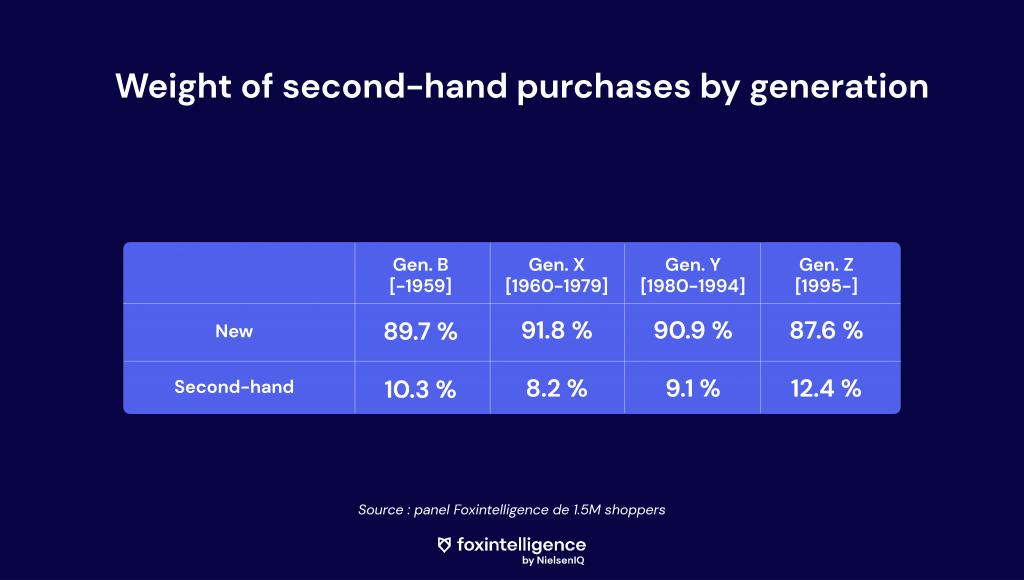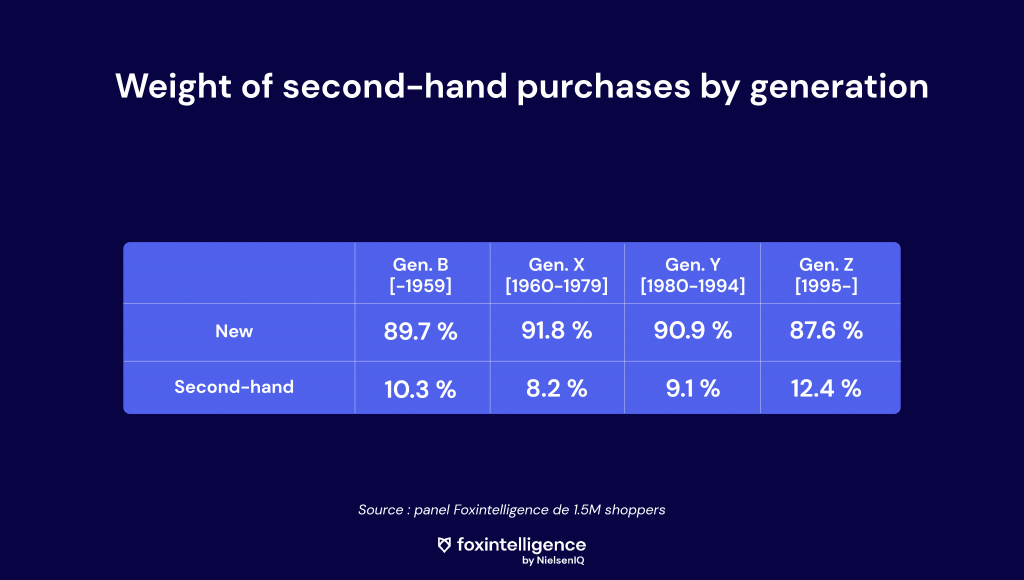A 3€ dress from Shein, Birkenstocks on your feet and a Sézane jacket bought second-hand on Vinted: the buying behavior of e-shoppers is evolving and has changed the online fashion market.
New buying behaviours are emerging, and ecological and economic awareness has shaped consumer habits and growing trends. The fashion industry has definitely changed – Foxintelligence shares its insights with you today.
On today’s menu:
- the ultra-fast fashion market, which continues to weigh heavily in the fashion sector despite growing ecological awareness (in particular due to Shein’s popularity)
- second-hand is no longer an option for retailers looking to gain market share (with a focus on the breakdown of sales by generation and the frequency of second-hand purchases)
- focus on the Sézane case: the successful DNVB that took the online fashion and retail industry by storm thanks to a high-performing business model







